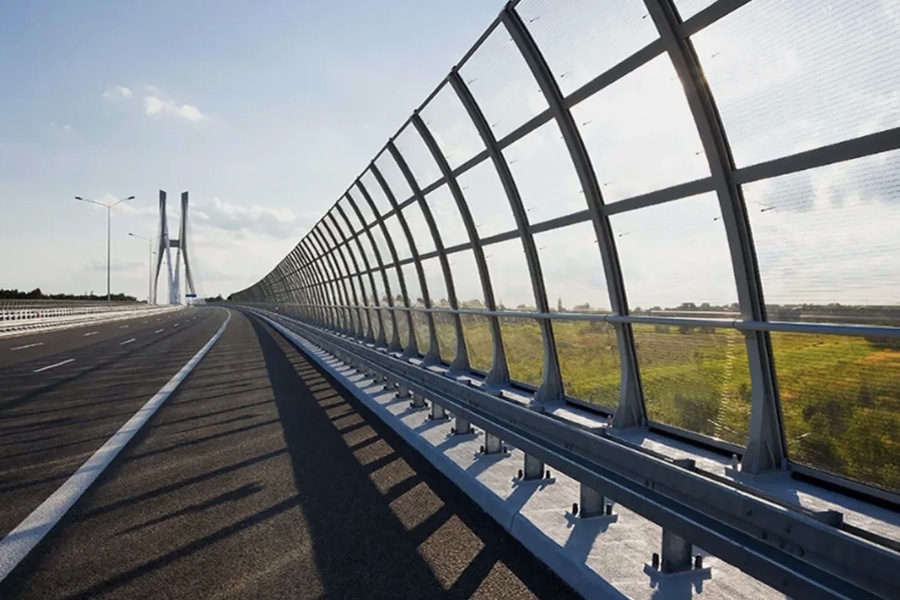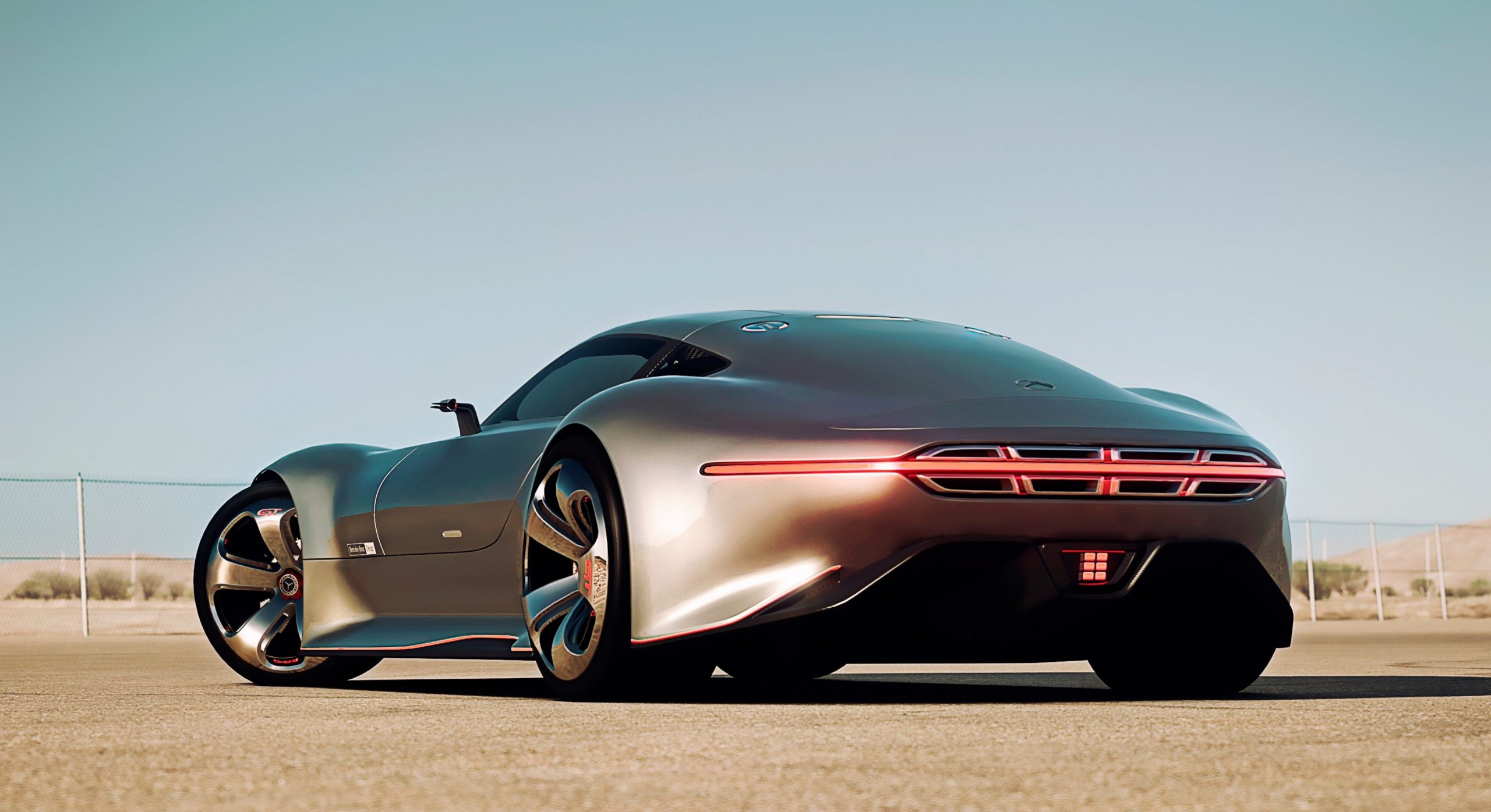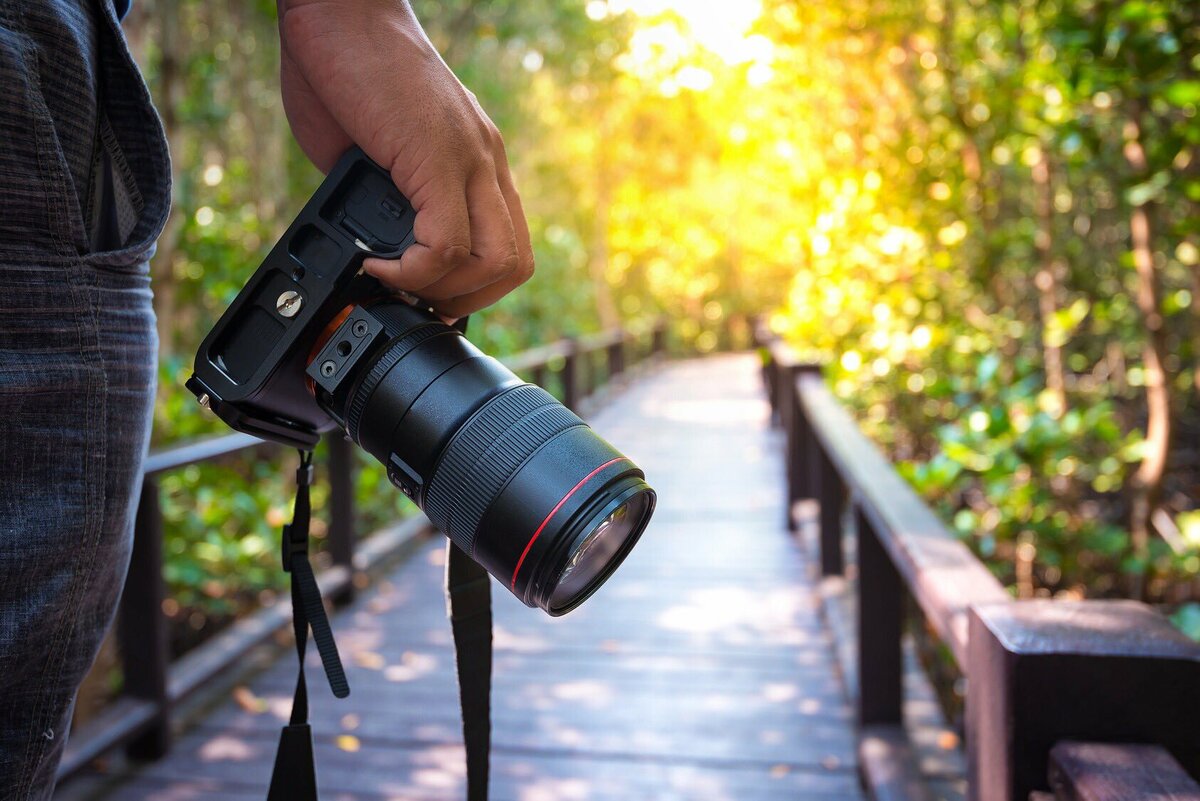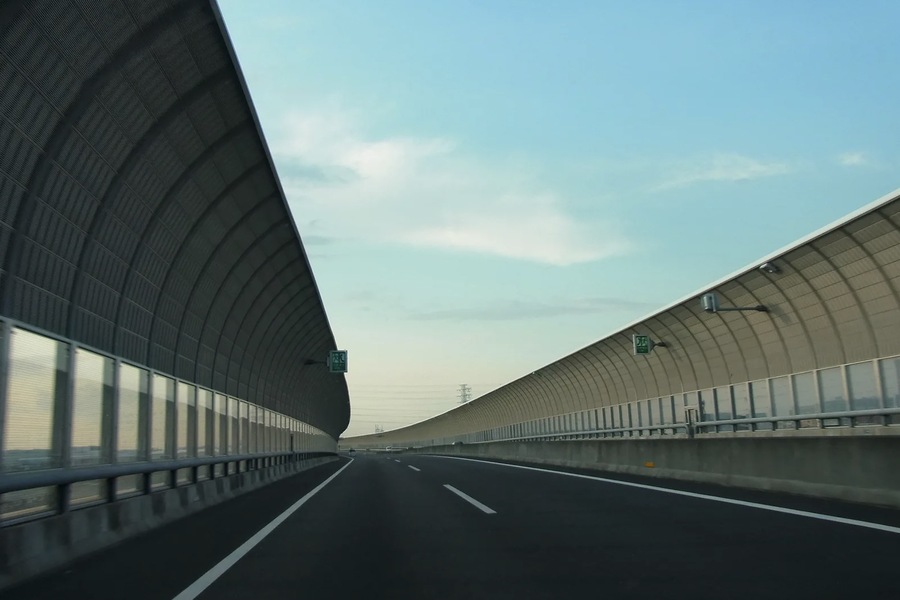Vehicle sound barriers are a common solution for managing urban noise pollution, particularly in bustling and high-traffic areas like Dubai. However, the effectiveness of these barriers can be significantly influenced by the harsh climatic conditions prevalent in the UAE region. This article delves into the effectiveness of vehicle sound barriers in extreme heat, the unique challenges faced in their implementation, and the innovations that are paving the way for improved noise reduction in hot climates.
Page Content
Understanding the Impact of Extreme Heat on Vehicle Sound Barriers
Extreme heat can alter the physical properties of materials used in sound barriers, potentially reducing their efficiency. In temperatures exceeding 40 degrees Celsius, as is common during the summer months in Dubai, materials like concrete, metal, and composite substances can expand and contract, which may lead to structural deformities over time. This can compromise the barrier’s ability to absorb, reflect, or deflect sound waves, diminishing its overall effectiveness.
Material Degradation and Acoustic Performance
The performance of sound barriers is largely determined by the properties of the materials used, including their density, rigidity, and porosity. In extreme heat, the thermal expansion of these materials can cause micro-cracks and surface wear, impacting their ability to control sound. For instance, asphalt-based barriers may become softer in high temperatures, reducing their capacity to dampen vibrations effectively. The rapid temperature fluctuations between day and night in desert regions like Dubai can further accelerate material degradation, thereby shortening the lifespan of the barriers.
Influence of Wind and Temperature on Sound Propagation
In hot climates, sound waves behave differently due to variations in air density and temperature gradients. High temperatures can increase the speed of sound, causing noise to travel further and diminishing the perceived effectiveness of sound barriers. Additionally, the combination of extreme heat and strong winds, which are common in the UAE, can alter the direction and intensity of sound waves, potentially creating pockets of higher noise levels in areas otherwise shielded by barriers.

Key Challenges for Implementing Sound Barriers in Dubai’s Climate
The implementation of vehicle sound barriers in Dubai presents unique challenges due to the extreme heat and arid conditions. Understanding these challenges is essential for developing effective strategies to combat urban noise pollution in the region.
Thermal Stress and Structural Stability
Thermal stress, caused by the expansion and contraction of materials under fluctuating temperatures, can compromise the structural integrity of sound barriers. This is a significant concern in the UAE, where daytime temperatures can soar above 45 degrees Celsius and then drop significantly at night. The repeated cycle of expansion and contraction can lead to cracks and surface erosion, reducing the effectiveness of the barriers over time.
UV Radiation and Material Durability
Prolonged exposure to intense sunlight and ultraviolet (UV) radiation can weaken the chemical bonds in materials, particularly in polymers and certain composite materials. This leads to fading, brittleness, and a loss of mechanical strength. For sound barriers installed along highways and open roads in Dubai, this degradation can result in reduced acoustic performance and increased maintenance costs.
High Wind Loads and Structural Design
The design of sound barriers must account for high wind loads, especially in regions prone to sandstorms and gusty winds, as experienced in parts of the UAE. Wind loads can exert lateral forces on sound barriers, causing deflection and, in some cases, structural failure. Incorporating aerodynamic designs and choosing materials with high tensile strength is crucial to ensuring that sound barriers can withstand these environmental conditions.
Innovations to Enhance the Effectiveness of Sound Barriers in Extreme Heat
To address the unique challenges posed by extreme heat, several innovations have been developed to enhance the performance and durability of vehicle sound barriers. These solutions include the use of advanced materials, design modifications, and smart technologies that can withstand harsh climatic conditions while maintaining effective noise reduction.
Use of Heat-Resistant Materials
One of the most promising innovations is the use of heat-resistant materials, such as ceramics, high-density polymers, and composite materials designed to withstand extreme temperatures. These materials maintain their structural integrity and acoustic properties even in prolonged heat exposure. Ceramics, for example, have low thermal expansion coefficients and high melting points, making them ideal for use in regions like Dubai.
Incorporating Multi-Layered Designs
Multi-layered sound barriers, which combine materials with different acoustic properties, can offer better sound absorption and heat resistance. These barriers typically include an outer layer that deflects heat and UV radiation, a middle layer that provides structural support, and an inner layer that enhances sound absorption. Such designs not only improve noise reduction but also extend the lifespan of the barriers by minimizing the impact of thermal stress.
Implementation of Vegetative and Green Barriers
Vegetative barriers, which incorporate plants and shrubs, can be used alongside traditional sound barriers to enhance noise reduction and provide additional thermal protection. Plants can act as a natural sound buffer and help reduce the temperature around the barriers, thereby mitigating the effects of extreme heat. In Dubai, where green initiatives are gaining traction, integrating vegetative barriers into urban planning can contribute to both noise reduction and environmental sustainability.
Smart Sound Barriers with Temperature Monitoring
Smart sound barriers equipped with temperature sensors and monitoring systems can provide real-time data on temperature fluctuations, material stress, and overall barrier performance. This technology enables proactive maintenance and timely interventions to address any issues before they escalate. For example, if a section of the barrier shows signs of excessive thermal stress, maintenance teams can be alerted to inspect and reinforce the structure as needed.
Strategies for Optimizing Sound Barrier Performance in Dubai
To ensure that sound barriers remain effective in extreme heat, it is essential to implement strategies that address both the design and maintenance aspects of these structures. These strategies should be tailored to the specific environmental conditions of Dubai and the broader UAE region.
Regular Maintenance and Material Testing
Routine maintenance and testing are crucial for identifying early signs of wear and tear caused by extreme heat. Regular inspections can help detect cracks, surface erosion, and other forms of damage that may compromise the barrier’s effectiveness. Material testing should also be conducted periodically to assess the performance of the sound barrier under varying temperature conditions.
Strategic Placement and Orientation
The placement and orientation of sound barriers can significantly influence their performance in extreme heat. Installing barriers at optimal angles and distances from the noise source can enhance their ability to reflect and absorb sound waves. Additionally, positioning barriers in areas with natural shading, such as under bridges or alongside green spaces, can help reduce their exposure to direct sunlight and high temperatures.
Adoption of Reflective and Heat-Resistant Coatings
Applying reflective and heat-resistant coatings to the surface of sound barriers can help mitigate the effects of extreme heat. These coatings are designed to reflect a significant portion of UV radiation and reduce surface temperatures, thereby minimizing thermal stress and extending the barrier’s lifespan. In Dubai, where sunlight intensity is particularly high, the use of such coatings is a viable solution for enhancing the durability of sound barriers.

Policy and Regulatory Considerations for Noise Management in the UAE
The UAE government has been proactive in implementing policies and regulations to manage noise pollution and ensure the safety and well-being of residents. These regulations, enforced by local municipalities and the Ministry of Climate Change and Environment (MOCCAE), set permissible noise levels and outline guidelines for the installation of sound barriers in urban areas.
Environmental Impact Assessments (EIAs)
Environmental Impact Assessments (EIAs) are required for new construction and development projects in the UAE. These assessments consider the potential impact of noise pollution and recommend appropriate mitigation measures, including the use of sound barriers. By incorporating noise management into the planning stages of development, the government ensures that sound barriers are designed and installed to meet the specific needs of the project.
Noise Pollution Standards and Compliance
The UAE has established noise pollution standards that define acceptable noise levels for residential, commercial, and industrial zones. Compliance with these standards is mandatory for all development projects, and failure to adhere to them can result in fines and penalties. By setting clear standards, the government promotes the use of effective noise reduction measures, including sound barriers, to protect public health and quality of life.
The Future of Sound Barriers in Extreme Heat Conditions
As urbanization continues to accelerate in Dubai and the broader UAE, managing vehicle noise pollution will remain a critical concern. The ongoing development of advanced materials, smart technologies, and innovative designs will play a pivotal role in enhancing the effectiveness of sound barriers under extreme heat conditions. By adopting these solutions, Dubai can set a global benchmark for noise management in hot climates.
Moving Toward Sustainable Noise Management
Achieving sustainable noise management in extreme heat conditions will require collaboration between government agencies, urban planners, and industry stakeholders. By integrating noise reduction strategies into urban planning, investing in research and development, and enforcing stringent regulations, Dubai and the UAE can create quieter and more livable urban environments that withstand the challenges posed by extreme heat.
In conclusion, while extreme heat presents unique challenges for vehicle sound barriers, innovative materials and strategic approaches can ensure their effectiveness in reducing urban noise pollution in Dubai and the UAE region.


